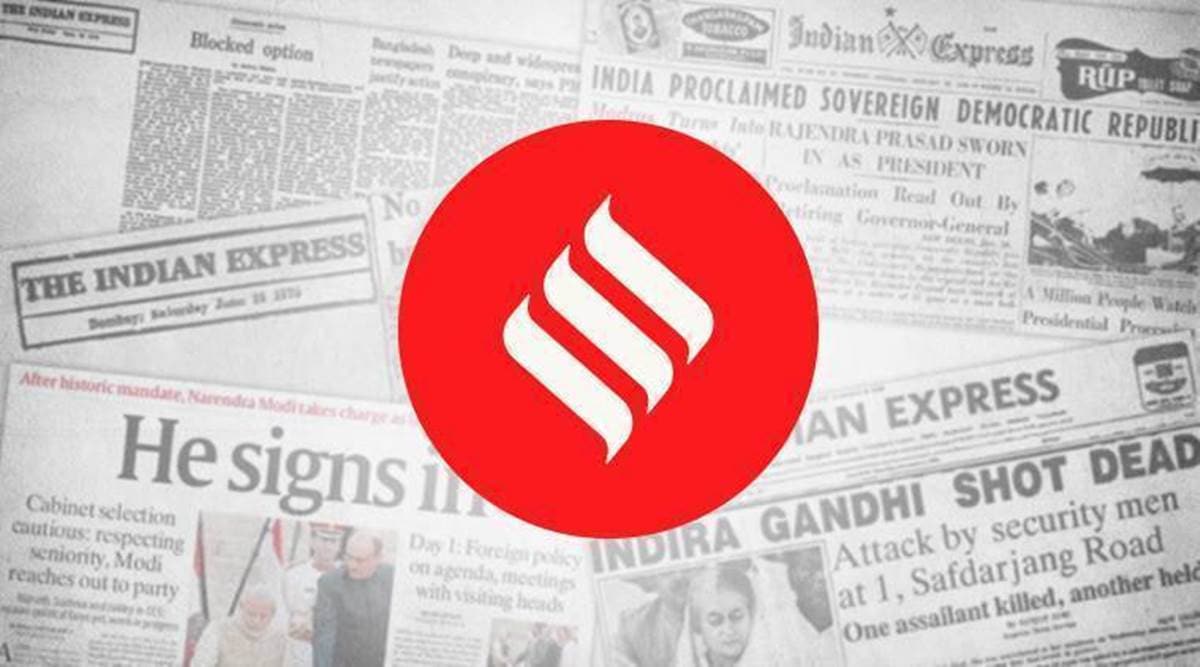 Telecom operators will now have to pay 10 per cent of their AGR dues upfront by March 31, with the balance being payable in annual instalments from March 2022.
Telecom operators will now have to pay 10 per cent of their AGR dues upfront by March 31, with the balance being payable in annual instalments from March 2022.Phase 3 trials of the COVID-19 vaccine developed by researchers from the Oxford University and the British-Swedish pharma major AstraZeneca began in the US on Wednesday. With tests on the vaccine candidate also underway in India — they began last week — and Brazil, the three worst COVID-19 affected countries are now participants in the Oxford Astra-Zeneca project. The vaccine had shown promising results in the preliminary trials in which it was tested for safety and immune responses. But these studies were conducted on a few thousand people. The final trials, involving about 50,000 volunteers, will offer critical insights on how the vaccine will fare amongst people living in varying demographic conditions and belonging to diverse ethnicities and socioeconomic strata.
There is no clear idea so far about when the vaccine will be available for mass administration. There are, however, indications that a shield against the coronavirus could be developed at a pace unprecedented in the history of humankind’s struggle against mysterious microbes. Researchers have drawn lessons from the development of a vaccine against other diseases of the coronavirus family — SARS and MERS. Studies indicate that the Oxford vaccine can counter the most notorious characteristic of a virus, its ability to mutate. The world has also evolved regulatory mechanisms that allow the approval of vaccines in emergency situations. But as virologist and former chairperson of the ICMR’s panel on drugs and vaccines, Gagandeep Kang, pointed out in an interview to this newspaper, “these are first-generation vaccines. If we understand how they work, we can work on improving them… to see if they increase the proportion of people who are protected, or the duration of protection”.
The US FDA has set 50 per cent efficacy in the final trials as the benchmark to approve the vaccine. Indian regulatory authorities have not set any such yardstick but they have reportedly indicated that a high efficacy rate, say of 90 per cent, could be difficult to achieve. Experts reason that given the health crisis, a 40 to 50 per cent efficacy rate could be a workable beginning for an inoculation drive. That’s why they also emphasise the importance of working simultaneously on a number of vaccine candidates — to explore the possibility of mixing vaccines. It’s salutary, therefore, that India is not pinning all its hopes on the Oxford vaccine — two other candidates are in different stages of trials and the country is also negotiating collaborations with research bodies in other parts of the world.